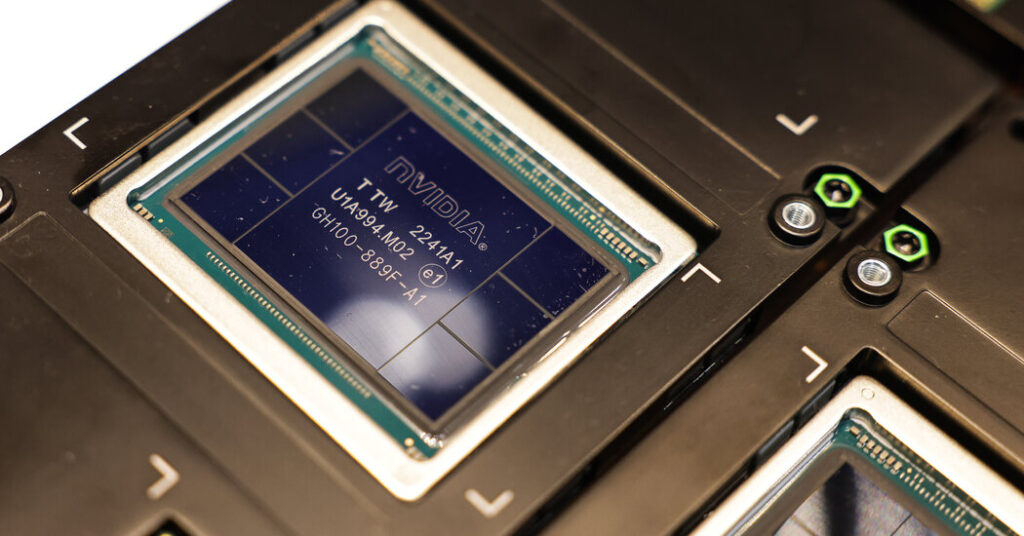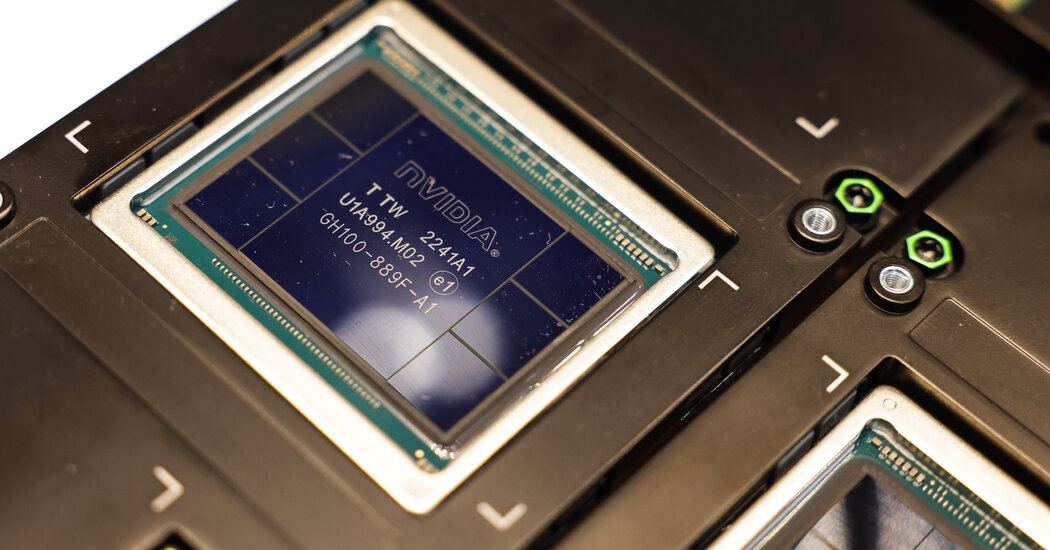How Chinese A.I. Start-Up DeepSeek Is Competing With OpenAI and Google
The company built a cheaper, competitive chatbot with fewer high-end computer chips than U.S. behemoths like Google and OpenAI, showing the limits of chip export control.


The company built a cheaper, competitive chatbot with fewer high-end computer chips than U.S. behemoths like Google and OpenAI, showing the limits of chip export control.
The day after Christmas, a small Chinese start-up called DeepSeek unveiled a new A.I. system that could match the capabilities of cutting-edge chatbots from companies like OpenAI and Google.
That alone would have been a milestone. But the team behind the system, called DeepSeek-V3, described an even bigger step. In a research paper explaining how they built the technology, DeepSeek’s engineers said they used only a fraction of the highly specialized computer chips that leading A.I. companies relied on to train their systems.
These chips are at the center of a tense technological competition between the United States and China. As the U.S. government works to maintain the country’s lead in the global A.I. race, it is trying to limit the number of powerful chips, like those made by Silicon Valley firm Nvidia, that can be sold to China and other rivals.
But the performance of the DeepSeek model raises questions about the unintended consequences of the American government’s trade restrictions. The controls have forced researchers in China to get creative with a wide range of tools that are freely available on the internet.
The DeepSeek chatbot answered questions, solved logic problems and wrote its own computer programs as capably as anything already on the market, according to the benchmark tests that American A.I. companies have been using.
And it was created on the cheap, challenging the prevailing idea that only the tech industry’s biggest companies — all of them based in the United States — could afford to make the most advanced A.I. systems. The Chinese engineers said they needed only about $6 million in raw computing power to build their new system. That is about 10 times less than the tech giant Meta spent building its latest A.I. technology.






